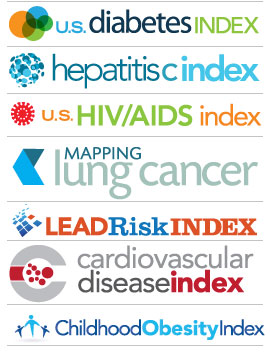Thousands of American Indian adults are at risk of losing their vision as a result of complications from diabetes
Diabetes News Friday, October 28th, 2011By ICTMN Staff: All people with diabetes, both type 1 and type 2, are at risk for diabetic eye disease, a leading cause of vision loss and blindness.
“The longer a person has diabetes the greater is his or her risk of developing diabetic eye disease,” said Dr. Suber Huang, chair of the Diabetic Eye Disease Subcommittee for the National Eye Institute’s (NEI) National Eye Health Education Program. “If you have diabetes, be sure to have a comprehensive dilated eye exam at least once a year. Diabetic eye disease often has no early warning signs, but can be detected early and treated before noticeable vision loss occurs.”
Diabetic eye disease refers to a group of eye problems that people with diabetes may face as a complication of the disease and includes diabetic retinopathy, cataract, and glaucoma. Diabetic retinopathy, the most common diabetic eye disease, is the leading cause of blindness in adults 20 to 74 years of age. According to NEI, 4.1 million people have diabetic eye disease and its prevalence is projected to increase to 7.2 million by 2020.
While all people with diabetes can develop diabetic eye disease, African Americans, American Indians/Alaska Natives, Hispanics/Latinos, and older adults with diabetes are at higher risk of losing vision or going blind from it. All people with diabetes should have a dilated eye exam at least once a year to detect vision problems early. In fact, with early detection, timely laser surgery, and appropriate follow-up care, people with advanced diabetic retinopathy can reduce their risk of blindness by 90 percent. READ FULL ARTICLE


